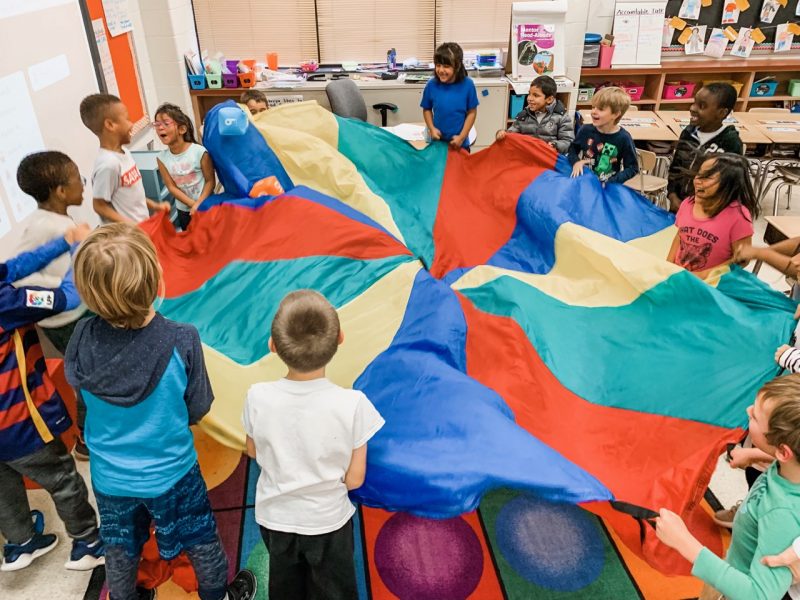What Makes a Safe and Supportive Learning Environment?
Fill in the blank. Kids go to school to _____________.
Did you say “learn?” Yes! In an ideal world, kids go to school to get a well-rounded education—from civics to art to biology and a host of other academic and life skills subjects, school should be a place to enrich minds.
But imagine trying to learn geometry when you are under-nourished. Imagine trying to learn verb forms when you are being bullied. Imagine trying to learn American history when you have trauma at home. Because kids endure so much adversity, school can’t simply be a place to learn in a vacuum. Schools must focus on the health of the whole child and contribute to building kids’ physical and emotional resilience in order for academics and extracurriculars to have lasting and meaningful impact.

One of the most important pillars of child health and well-being is building safe and supportive learning environments. A safe and supportive learning environment is conducive to the overall health of the child in these ways:
Engagement
There are strong relationships between students, teachers, families, and schools and amongst the broader school community. Family and community engagement should be:
- Culturally responsive and socially aware—schools recognize and celebrate cultural identity and familial norms.
- Relationship-building—nurturing adults embrace positive attitudes and acknowledge and validate students’ lived experiences and needs.
- Inclusive and participatory—the community should be invited to participate in school activities and shown their engagement is valuable.
Safety
Schools and school-related activities are safe from violence, bullying, harassment, and controlled-substance use.
- Emotional Safety
- The school adopts and practices core components of social emotional learning.
- Instruction includes experiential learning, behavior modeling, mindfulness, and more.
- Staff is well versed in trauma sensitivity.
- Physical Safety
- There is a culture of awareness and prevention around bullying and digital harassment.
- Substance misuse prevention education is included in health curriculum.
- Emergency readiness and management, such as drills and safety plans, exist and are understood by all.
Environment
The physical, academic, and disciplinary environments are well-managed, supportive, and fair.
- Physical Environment
- The building is clean, well-lit, and kept at a comfortable temperature.
- There is access to clean water.
- School grounds include access to play space.
- Overcrowding is prevented.
- Instructional Environment
- Classroom management includes restorative practices, creative spaces, and engaging, interactive instruction.
- Physical Health
- Students have access to school health services and programs.
- Meals and food meet optimal nutrition standards.
- Physical activity and movement are integrated throughout the day.
- Mental Health
- Students have access to mental health programs and services (i.e. professionals such as counselors and/or social workers are in the school building).
- Staff members are trained in de-escalation strategies and crisis intervention.
- Discipline
- Discipline is positive (such as school-wide climate improvements, empathy role playing, circle time, and conflict resolution) versus punitive (such as suspension and expulsion).
- The school encourages self-discipline through self-management.
This is a long list, and it may seem impossible to achieve all of the above. But just understanding and working toward safe and supportive learning environments is a step toward helping kids thrive. Whether you’re a parent or educator striving to make your school a healthier place, you can simplify things by choosing a couple of these practices to advocate for and implement. Gather (or fight for) the resources you need, and get others on your team. Kids benefit when we all work together to make change happen.
Categories: Making Change Happen, School Environment, Social Emotional Health